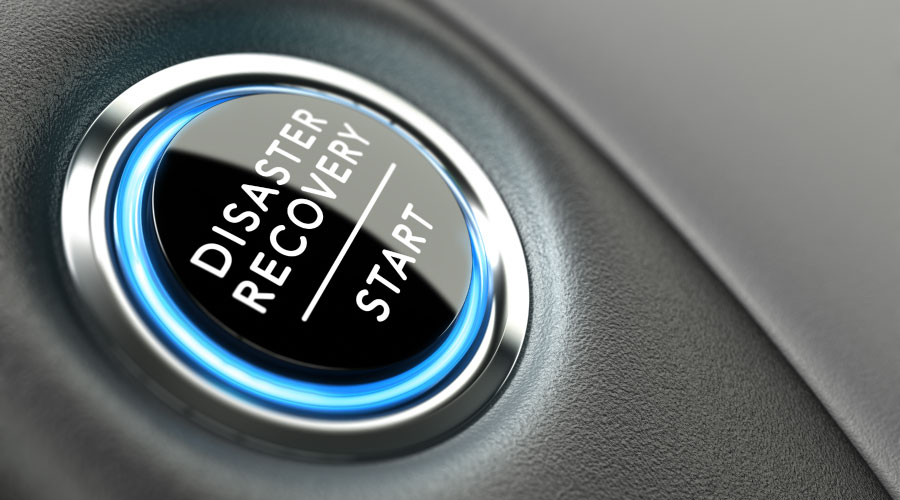Building Audits Can Minimize Threats of Terrorism
Understanding the likely ways terrorists can introduce biological agents into a building will make it easier for managers to identify vulnerabilities and the steps they can take to reduce or eliminate them. Start with a review of the organization’s policies.
Perhaps the most important step managers can take to reduce risk is to limit access to building HVAC systems. While most equipment is located in mechanical rooms, those rooms often are not secured properly. Even when the rooms are designed for limited access, maintenance personnel sometimes leave doors unlocked or propped open.
All organizations must take security and access to mechanical equipment seriously. Managers should put policies in place and enforce those that require all mechanical spaces to be locked at all times. Managers should issue keys to only those who are authorized to be in those spaces.
The audit also should look at maintenance practices and the condition of the filtration equipment in each of the building’s HVAC systems. While the typical commercial and institutional air-filtration system was not designed to stop the spread of biological agents, poor maintenance practices can make things worse. If technicians do not install filters properly or use the wrong type of filter, air can bypass the filter assembly, reducing efficiency.
Managers can use activated carbon filters to reduce exposure to many types of chemicals terrorists could use in an attack or in an accidental release from a nearby facility. These filter systems are expensive to install and costly to maintain, limiting their use primarily to very high risk facilities.
The audit also should carefully examine outside-air dampers in the HVAC system. One response to a biological release outside of the building is to close off the building from outside ventilation air. To be effective in blocking biological agents, dampers that regulate the amount of ventilated air brought into a building must be able to fully close. Damper seals must be in good condition.
Managers also should locate outside-air ventilation intakes. Ideally, these intakes should be difficult to access. Unfortunately, many are easily accessible at ground level. While relocating ventilation air intakes so they are inaccessible to the general public is not practical in most facilities, the level of risk to the operations being performed might require it in some applications.
The audit also should examine the HVAC system controls. Depending on the way the terrorist is introducing the biological agent into the building, managers will need to change system configurations. Systems might be required to go to zero or 100 percent outside air. Technicians might need to shut down air handlers or run them at 100 percent capacity in a purge cycle.
Depending on the location of the release, some systems might be required to go to positive pressure while others go to negative pressure. These types of responses will require the control systems to have these capabilities.
It is critical that managers know as much as possible about the operation of their HVAC systems to develop an emergency-response plan. It is equally critical that the components of the HVAC systems be in proper operating condition so when operational changes are made in response to the release of an agent, the system performs as intended.
Related Topics:













